 |
| Male and female students have equal learning opportunities for a fair and sustainable society. In the photo: Students of Lac Hong Bilingual School (Tran Bien Ward) during a practice session. Photo: Hanh Dung |
However, population work is also facing many challenges, including the imbalance of gender at birth.
Alarming situation
According to natural standards, for every 100 girls born, there will be about 104-106 boys. However, in Vietnam, this ratio has far exceeded the safe threshold. In 2020, the sex ratio at birth was 112.1 boys/100 girls; by 2024, it will remain high at 110.7 boys/100 girls. In some northern provinces, this figure even reached 120 boys/100 girls, an alarming difference.
In Dong Nai alone, the sex ratio at birth fluctuates around 106-108 boys/100 girls. Deputy Director of Dong Nai Department of Health Le Quang Trung said: "If this situation continues, in the near future, we will have to face a situation of excess boys and lack of girls, leading to many other social consequences such as: trafficking of women, increasing gender inequality...".
In fact, in many schools in Dong Nai province, the number of male students has surpassed the number of female students. Ms. Dao Bich Nguyet, Principal of Hoang Van Thu Secondary School (Long Binh Ward) said: The whole school has more than 4 thousand students, in which male students are more than female students. On average, each class has 55 students, so there are
30-31 boys
Similarly, at Phan Dinh Phung Primary School (Long Binh ward), according to Ms. Pham Thi Diu, the school's principal, out of a total of more than 3,900 students, nearly 2,100 are male and more than 1,800 are female.
According to experts, there are many reasons for the gender imbalance at birth. First of all, there is the idea of “preferring sons over daughters”. Many people still believe that sons are the ones to continue the family line and the pillars of the family, while daughters “follow their husbands and are other people’s children” so they must give birth to sons.
In addition, economic pressure and the increasing cost of raising children have made many couples want to have fewer children and hope to have a son to be "sure". Many people seek medical services to choose the sex of their fetus using modern technology, even though the law prohibits this practice.
An obstetrician in Dong Nai shared: “There are many couples who come to ask about intervention to have a son, but we always explain clearly and firmly refuse. Because this is an act that violates professional ethics and the law.”
Besides the above subjective reasons, many couples without any intervention still give birth to only boys.
Reducing the gender imbalance at birth is a long journey, requiring strong participation from the entire political system and the entire population. When gender stereotypes are eliminated, when people understand that human value does not lie in gender, but in personality and capacity, Vietnam will truly move closer to a sustainable future, where every child born has equal rights to live, learn and be happy.
Deputy Director of Dong Nai Department of Health Le Quang Trung
"Every child is a child"
To reduce the gender imbalance at birth, Vietnam has set a target of reducing the sex ratio at birth to below 109 boys/100 girls by 2030. To achieve this goal, in addition to strengthening the management of medical facilities, the core is still changing people's awareness.
In Dong Nai, communication and education on gender equality have been promoted at all levels and in all sectors. The Department of Health has coordinated with the Department of Education and Training, the Provincial Women's Union, and localities to continuously organize training sessions and talks on reproductive health care and gender imbalance at birth for secondary and high school students. These discussions help students better understand the value of each gender and the meaning of giving birth according to natural laws.
"I think boys and girls are equally good, the important thing is that they are both loved, cared for and educated properly" - Le Hoang Phu Kiet, Tan Phong Secondary School (Tan Trieu Ward) shared.
Not only in schools, many creative propaganda activities have also been widely deployed. A typical example is the Painting Contest "Being a girl is great" launched by the Department of Health of Dong Nai province in 2025. The contest attracted nearly 500 entries from 35 secondary schools across the province. Through each painting, students expressed their feelings and thoughts about the image of girls in life, honoring the role and value of women in modern society.
Ngo Bao Phuc, class 6/3, Nguyen Binh Khiem Secondary School, won first prize in the contest and confided: "Through my painting, I hope that gender equality will be well implemented, girls will confidently express themselves, pursue their dreams to contribute to building the country to become richer and more civilized."
Ms. Dao Bich Nguyet, Principal of Hoang Van Thu Secondary School, the first prize winner, said: “Education on gender equality and the value of each gender is an important part of the school’s educational program. Students are encouraged to see that boys and girls have equal roles in the family and society.”
Ms. Nguyen Thu Thao (residing in Tran Bien ward) confided: “We never thought that having a son would be enough. Having two obedient, studious, and filial daughters is our greatest pride. For my husband and I, that is an incomparable happiness.”
In fact, when parents understand that “all children are children” and give equal love and care to their children, the gender of the child is no longer an issue. It is the change in thinking that is the sustainable foundation for an equal and happy society.
Hanh Dung
Source: https://baodongnai.com.vn/xa-hoi/202510/noi-lo-mat-can-bang-gioi-tinh-5ac447a/


![[Photo] Flooding on the right side of the gate, entrance to Hue Citadel](https://vphoto.vietnam.vn/thumb/1200x675/vietnam/resource/IMAGE/2025/10/28/1761660788143_ndo_br_gen-h-z7165069467254-74c71c36d0cb396744b678cec80552f0-2-jpg.webp)
![[Photo] Draft documents of the 14th Party Congress reach people at the Commune Cultural Post Offices](https://vphoto.vietnam.vn/thumb/1200x675/vietnam/resource/IMAGE/2025/10/28/1761642182616_du-thao-tai-tinh-hung-yen-4070-5235-jpg.webp)



![[Photo] National Assembly Chairman Tran Thanh Man received a delegation of the Social Democratic Party of Germany](https://vphoto.vietnam.vn/thumb/1200x675/vietnam/resource/IMAGE/2025/10/28/1761652150406_ndo_br_cover-3345-jpg.webp)







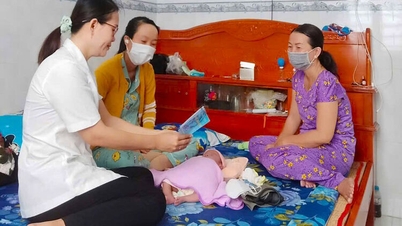





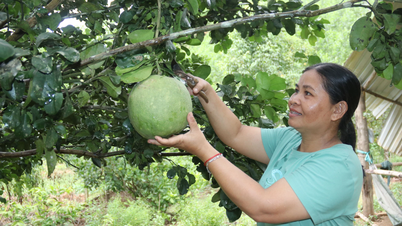



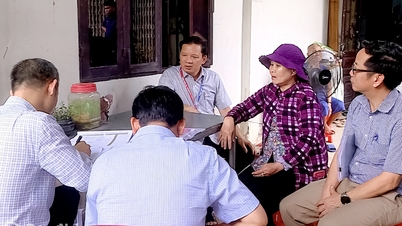







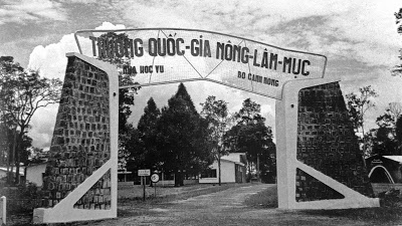

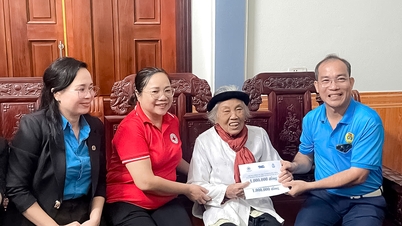

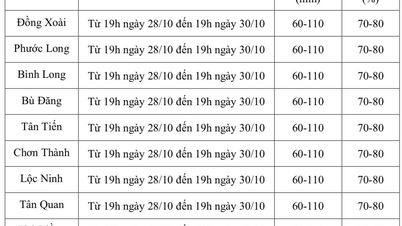


![[Photo] President Luong Cuong attends the 80th Anniversary of the Traditional Day of the Armed Forces of Military Region 3](https://vphoto.vietnam.vn/thumb/1200x675/vietnam/resource/IMAGE/2025/10/28/1761635584312_ndo_br_1-jpg.webp)















































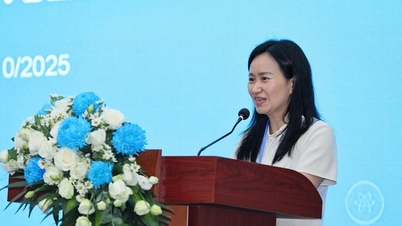






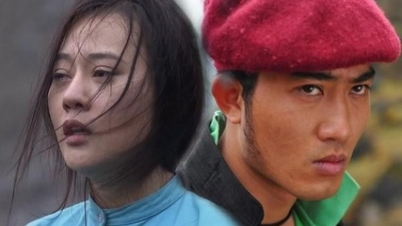
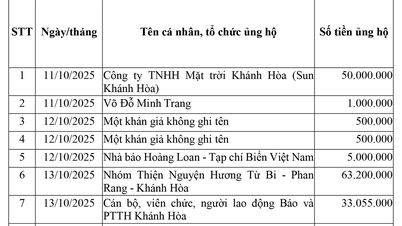


















Comment (0)